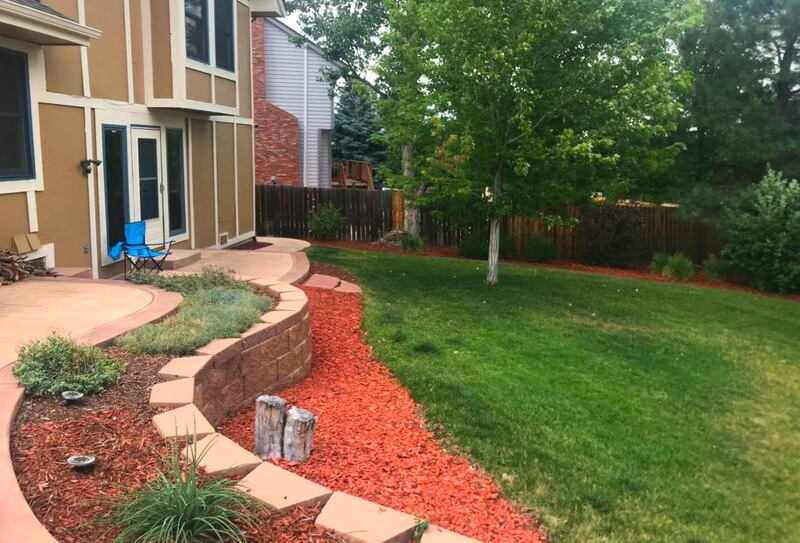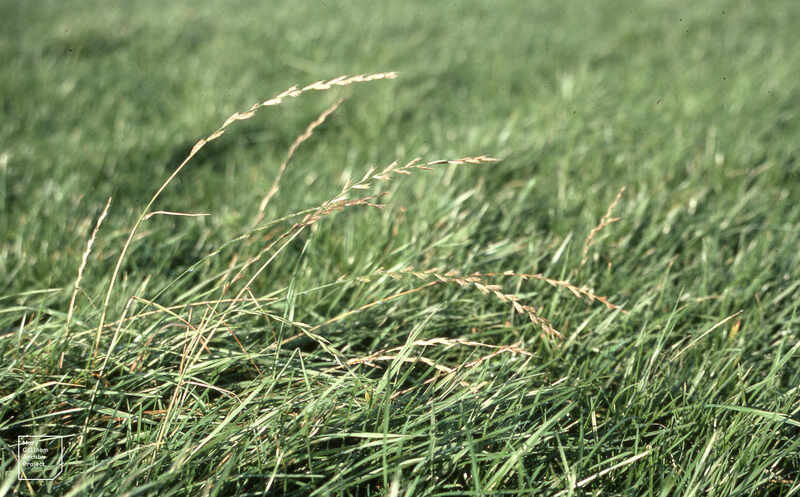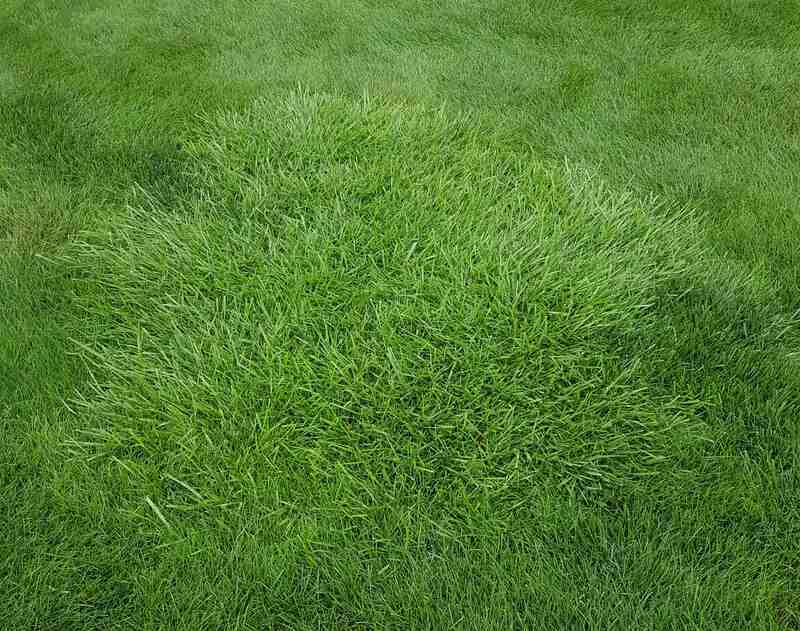4 Best Grass Types For Madison, Wisconsin
BY NICK CRAWFORD | APRIL 5TH, 2023 | LAWN CARE, MADISON, WISCONSINMadison is the fastest-growing city in Wisconsin in terms of population growth. So many people means a wide variety of lawns, and Madison has no shortage of grass types to fill those booming landscapes. If you want to install a new lawn or breathe life into an existing lawn, these four grass types make for a fantastic starting point in Madison.
In this article:
- Factors Affecting Your Grass Choice
- Best Grasses For Your Lawn
- FAQs
- Choose The Right Grass For Your Madison Landscape
Factors Affecting Your Grass Choice
You may be wondering what would make a type of grass suitable for a Madison lawn. After all, as long as the grass is green, it should work, right?
Well, there are factors to consider when choosing your grass that will make your lawn care journey much smoother and more hassle-free. The three main concerns are as follows.
Climate
The weather can get pretty cold in the Midwest during certain times of the year. Even during the high summer, the average temperature sits around 82 degrees and rarely climbs above 90 degrees. In addition to the lower temperatures, Madison sees a lot of cloudy days.
When choosing grass for your lawn, you should go with a cool-season species that doesn’t require a lot of sunlight. Many cool-season grass types will go dormant in the summer, but Madison’s milder heat means that they can stay green for longer periods of time. Combined with the ability to withstand the cold of winter, cool-season grass types remain beautiful for the majority of the year.
Soil
Madison is located in southern Wisconsin, a region built on silty forest soil. In fact, the designated state soil is Antigo Silt Loam, which is a well-drained soil formed under loamy sediment left behind by glacial melt thousands of years ago.
While you could replace the soil on your property with something wetter and less sandy, it’s easier to grow grass in the natural material that already exists. So, your grass should be able to thrive in loamy, sandy soil.
Preference
Do you intend to host barbecues, garden parties, or other events? How often would you like to mow your lawn? To what height do you want your grass to grow?
These are all things you should consider when growing your lawn. Some grass types will be softer than others. Some will hold up to foot traffic better than others. And some grass types grow prodigiously, while others may not.
It’s vital to find a grass type that suits your needs to ensure that you will be happy with your lawn for years to come.
Best Grass Types For Your Lawn
To cultivate a beautiful Madison lawn, these four grass types will be your best bet.
1. Kentucky Bluegrass

Photo Credit: Brenda Ryan / Wikilawn
Widely considered one of the most popular cool-season choices for lawns across the midwest, Kentucky Bluegrass is highly drought-tolerant. It can also withstand some heat, though without a supplemental water supply, it will go dormant in the summer.
The bluish-green leaves of Kentucky bluegrass grow into a lush carpet that retains its color year-round. It prefers full sun but will tolerate the shade of those cloudy days.
Classification: Cool-season grass.
- Spreads by: Underground stems (known as rhizomes).
- Shade tolerance: Partial shade to full sun.
- Drought tolerance: High, but long periods of drought will lead to dormancy.
- Foot traffic tolerance: High in warmer weather, lower in colder seasons.
- Maintenance needs: An inch of water weekly, fertilizing 1-3 times a year.
- Recommended mowing height: 1 to 3 inches.
2. Perennial Ryegrass

Photo Credit: Dr Mary Gillham Archive Project / Flickr / CC BY 2.0
If you’re looking for grass that will help you get a jump start on spring planting, perennial ryegrass is your best bet. It’s one of the first grass types to turn green as soon as the snow melts and the temperatures begin rising.
The University of Wisconsin-Madison recommends perennial ryegrass mainly for grazing and foraging. However, you’ll find it mixed with other grass types like Kentucky bluegrass to lend its hardiness and provide erosion protection.
- Classification: Cool-season grass.
- Spreads by: Producing neither rhizomes nor stolons, you will need to seed or lay sod on the entire area of your lawn to grow this grass.
- Shade tolerance: Moderate.
- Drought tolerance: Moderate, depending on the variety.
- Foot traffic tolerance: High.
- Maintenance needs: Frequent watering and fertilizing every 4-6 weeks.
- Recommended mowing height: 1.5 to 2.5 inches.
3. Fine Fescue
Fine fescue encompasses a group of cool-season grasses that includes hard fescue, sheep fescue, chewings fescue, and creeping red fescue. This group possesses fantastic drought tolerance among cool-season grasses, and its leaves remain green all year long if cared for properly.
While fine fescues don’t have the best heat tolerance, their superior ability to withstand shade puts them in the mix with grass types like perennial ryegrass and Kentucky bluegrass.
- Classification: Cool-season grass.
- Spreads by: Stolons and rhizomes.
- Shade tolerance: High.
- Drought tolerance: High.
- Foot traffic tolerance: Moderate to low; not best for heavy foot traffic.
- Maintenance needs: Mow every 2-3 weeks until growth slows in the summer, fertilize 2-4 times a year, and aerate once a year.
- Recommended mowing height: 3 to 3.5 inches.
4. Tall Fescue

Photo Credit: Ty Haller / Flickr / CC BY 2.0
Tall fescue is another grass commonly seen across the Midwest, and with good reason. It possesses some of the best heat and drought tolerance among cool-season grass types while still retaining the ability to remain green during the winter months.
The name tall fescue is not a flippant moniker, however. This turf grass can grow as much as four feet tall and requires more frequent mowing than other cool-season grasses.
- Classification: Cool-season grass.
- Spreads by: Tall fescue grows in clumps and is spread through tillers (vertical shoots that grow from the base of the plant).
- Shade tolerance: High.
- Drought tolerance: Very high.
- Foot traffic tolerance: High.
- Maintenance needs: Best to mow weekly, requires minimal fertilization, and water as needed unless you want your lawn to go dormant.
- Recommended mowing height: 3.5 to 4 inches.
FAQs
While Madison doesn’t experience particularly hot summers, it may be good to add sprigs of Bermudagrass to your lawn. This warm-season grass has great heat and drought tolerance while mixing well with Kentucky bluegrass or perennial ryegrass. Be sure to plant the turfgrass strain, however, as primitive strains spread aggressively enough to be considered a nuisance.
If your lawn is shady, you should consider a mix of tall fescue and Kentucky bluegrass. The mix is highly shade resistant while still providing a lush lawn.
Kentucky bluegrass is as popular as it is partially because it is a low-maintenance grass that still spreads into a beautiful lawn. You don’t need to water it as often as other cool-season grass types, and it doesn’t require as much fertilizer to retain its green hue.
Choose The Right Grass For Your Madison, Wisconsin Landscape
The frosty temperatures of winter combined with mild Summer days make cool-season grasses the best choice for your Madison lawn. And though some of them can be low maintenance, they still need to be maintained. If you would like to worry less about that maintenance, leave it in the hands of a local lawn care pro who will take the best possible care of your landscape.
Main Photo Credit: Bradley House / James Steakley / Wikimedia Commons / CC BY-SA 3.0